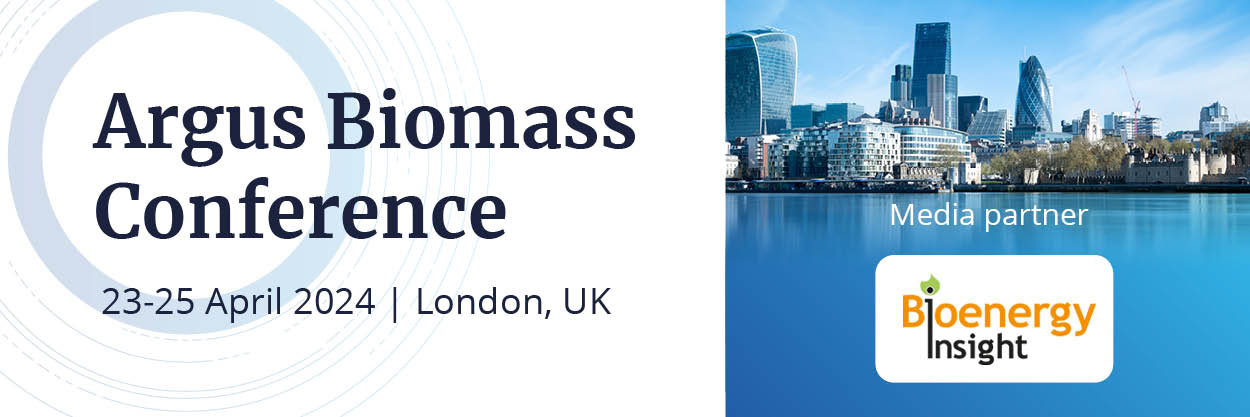Orsted publishes 2018 results, shows increase in bioenergy revenue
Major energy supplier Orsted has published its 2018 sustainability report and financial results. Providing an update on the company’s progress towards it sustainability goals, the reports reveal an increase in revenue from its bioenergy business, and Orsted's future green investment plans.
Orsted’s bioenergy division covers its CHP plants in Denmark, and its Green Waste Solutions growth platform, which covers green biogas and waste.
Revenue from bioenergy for the full year 2018 stood at DKK 6,353 million (€851 million), an almost DKK 500 million (approx. €67 million) increase on 2017’s DKK 5,864 million.
This growth in revenue came despite the bioenergy division generating less heat and power in 2018 than 2017.
A key statistic in the report is that 75% of the company’s energy generation was based on renewables in 2017. The carbon intensity of Orsted’s energy generation was reduced by 72% in 2018, compared with 2005 levels.
“Today, green energy is the economic choice, as life-time costs of renewable energy generation are lower than those of new-built coal, gas and nuclear plants,” said Orsted’s CEO, Henrik Poulsen, in a statement accompanying the publication of the sustainability report.
The Denmark-headquartered company has a portfolio of offshore and onshore wind farms, biomass and biogas plants, and solar and energy storage solutions.
By 2023 the company aims to stop using coal, and have ‘virtually carbon free’ energy generation by 2025. Orsted states it aims to bring renewable power to more than 50 million people by 2030.
Green energy investment going forward
Between 2009 and 2018 Orsted invested a total of DKK 165 billion (approx. €22 billion) into green energy. The majority of this went to offshore wind (90%), however, 6% went into the company’s bioenergy division.
“Towards 2025, we expect to invest up to DKK 200 billion in green energy,” it says in the sustainability report.
“As the global leader in offshore wind, we will continue to invest 75-85% in building more green energy from offshore wind. But we also aim to spend 15-20% of our investments of our new onshore business. Finally, we aim to spend up to 5% on our Customer Solutions and Bioenergy businesses.”
Biogas and Northwich delay
The report gives an update on Kalundborg, Orsted’s industrial biogas plant, which was inaugurated in 2018. The facility handles industrial waste from Novo Nordisk and Novozymes, and processes 300,000 tonnes of waste from insulin and enzyme production into enough biogas to cover the gas consumption of 5,000 households.
An update is also given for the company’s Northwich, UK plant. Still under construction, the facility is based on the company’s Renescience technology. Once operational, it will have potential to treat 120,000 tonnes of waste annually, equivalent to the waste from approximately 110,000 UK households. The biogas produced will be used to either generate electricity or as transport fuel.
The report reveals that the plant will be commissioned in the first half of 2019, which the company describes as ‘a significant delay compared to our initial expectations.’
Apparently, although the plant has confirmed that the core enzymatic sorting process works in a large scale as expected, a programme has had to be undertaken to enhance flexibility and redundancy in the sorting hall.
























